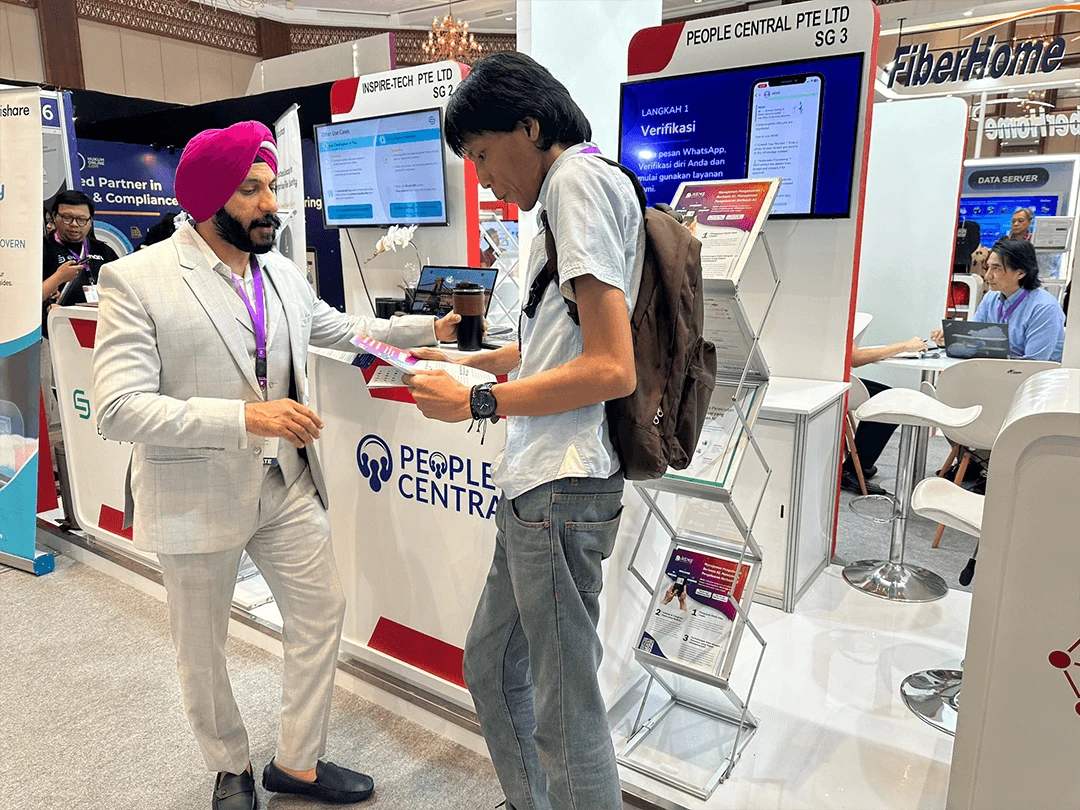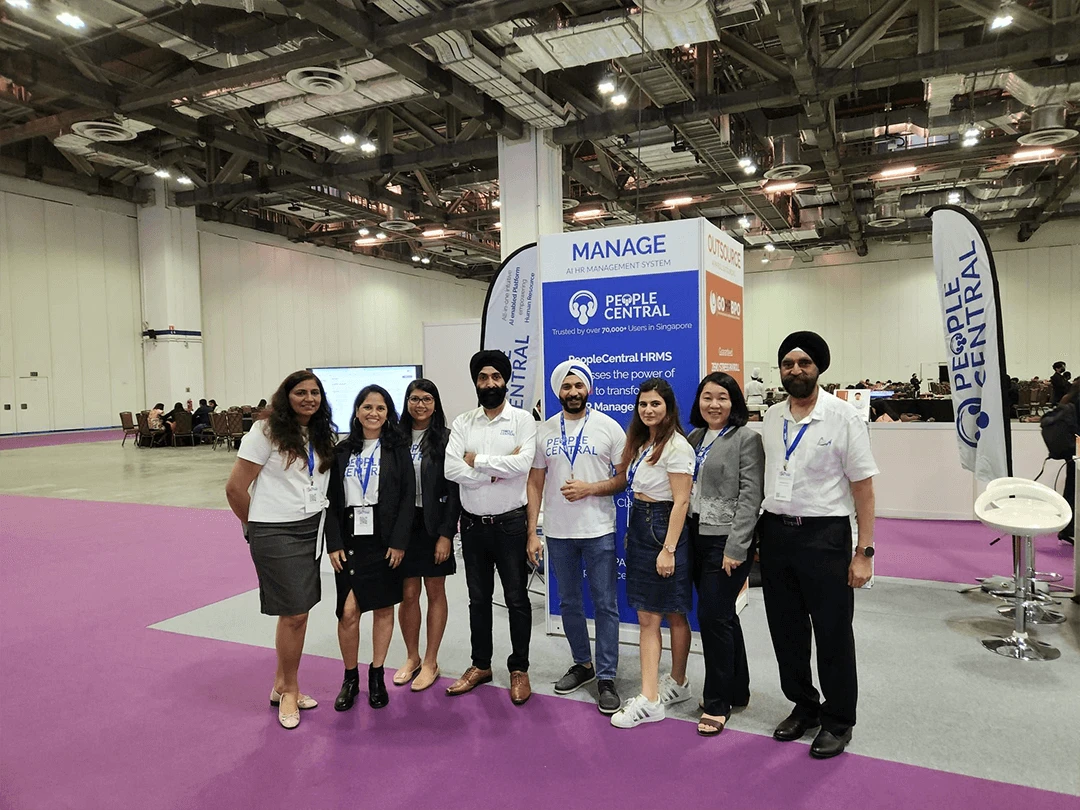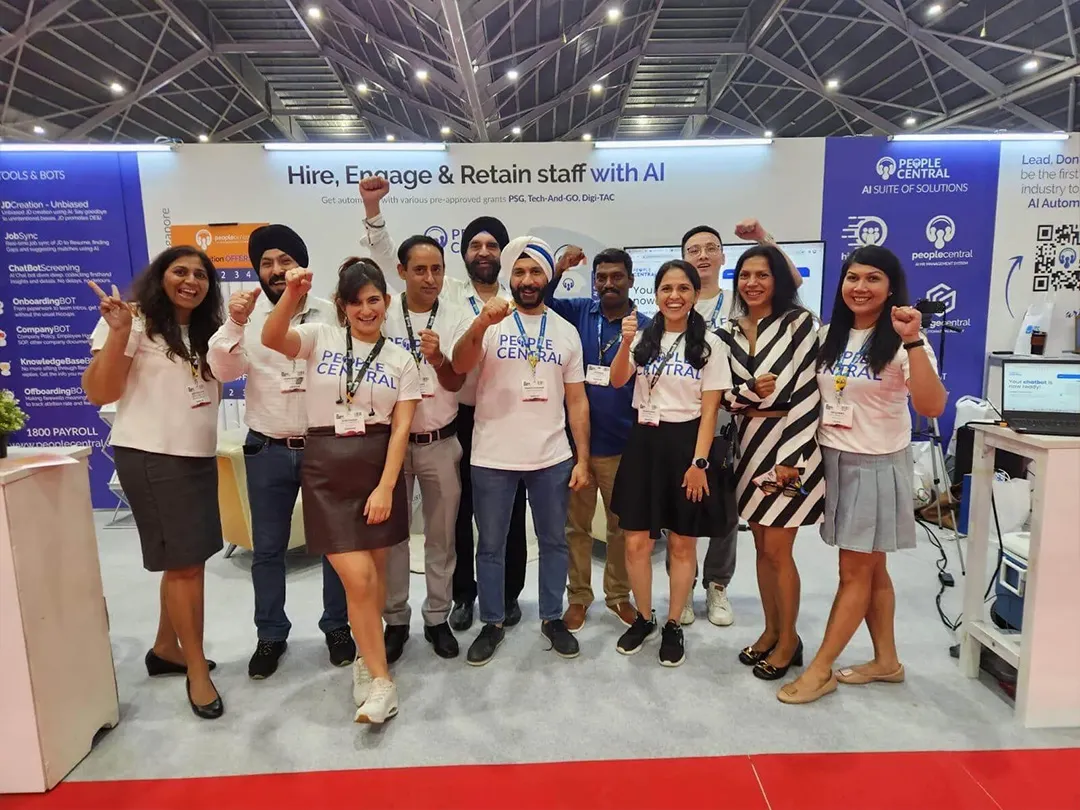Introduction
Do you ever think about times when handling HR used to be so difficult? I mean, it used to be a real challenge! We had to manage spreadsheets for everything, and it was so hard to keep track. Working like this meant missing something and certain mistakes, and it took so much time to deal with everyday work.
And what a relief when that all changed when we started using an HRIS, a Human Resource Information System. It brought everything into one place. It made Payroll easier, hiring also got faster, and we could see all the important information without digging around.
It’s a big factor in how the work is now organized, and here’s one important thing: HRIS isn’t just a piece of tech; it helps you manage people better and make smarter decisions. So, let’s understand HRIS and its power in workforce management through this article.
What is an HRIS?
A Human Resource Information System (HRIS) is a single digital system that is designed to help control everything HR-related on one platform.
It’s like a central hub where you can store employee information, handle payroll, track attendance, manage hiring and onboarding, and even take care of training and performance reviews.
HRIS platforms typically include modules for:
- Employee data management
- Payroll & benefits
- Time & attendance tracking
- Recruitment and onboarding
- Training & performance management
- Compliance & analytics
A good HRIS can grow with your business. It really changes how you manage people and makes everything a lot less stressful.
Also Read: CDAC Singapore 2025: Bridging Ideas and Solution
How HRIS Transforms Workforce Management
Centralized Data for Better Efficiency
Because of HRIS, it is no longer a challenge sifting through spreadsheets or searching in filing cabinets. By using an HRIS, all employee information, such as personal, employment, and documentation information, is stored in an easily accessible and secure location. It can make you do things faster and more accurately.
Automation Saves Time and Reduces Errors
Using an HRIS makes all those repetitive tasks like payroll, leave approvals, run on autopilot. It takes a big load off the HR team.
I was reading a report from AIHR the other day, and it said companies using HRIS save around 2 hours a day on HR work. That’s a lot when you think about it. They also saw something like a 29% jump in productivity.
Improved Compliance and Data Security
It is quite tricky to keep up with all the tax rules and labor laws. One small miss, and it can turn into a huge headache. That’s where an HRIS really comes in handy.
It sends you alerts when important documents are about to expire or if a compliance deadline is coming up.
It will even calculate and file taxes for you automatically. And, everything is kept with a secure audit trail, so if you ever need to go back and reference something, it’s all there.
Empowered Employees Through Self-Service
One of the things I really like about modern HRIS platforms is how much they empower employees. With self-service portals or even mobile apps, people can:
- Apply for leave
- Access payslips
- Update their profiles
- Complete onboarding forms
This freedom makes things easier for employees and reduces the everyday questions HR has to deal with.
Real-Time Analytics for Smarter Decisions
You know what really makes a difference with a good HRIS? The way it shows HR data in a clear and useful way. You get custom dashboards that show things like:
- Workforce demographics
- Attrition trends
- Overtime costs
- Training progress
- Headcount by department or location
I was reading something from Lattice that said real-time analytics help HR teams plan ahead for hiring, retention, or leadership moves, instead of scrambling to fix issues after they show up. And honestly, that shift from reactive to proactive can change everything.
Also Read: Step-by-Step Guide to Completing IR8A Submission 2025
A Top HRIS Choice
When it comes to choosing an HRIS, I’ve seen a lot of platforms, but PeopleCentral genuinely stands out, especially if you’re working in the Asia-Pacific region. It’s built with functionality, scalability, and local compliance in mind.
- All-in-One Platform: Everything’s in one place and it’s all integrated.
- Cloud-Based & Secure: And because it’s cloud-based and ISO-certified, you don’t have to worry about managing servers or worrying about data security.
- Automated Payroll Compliance: What I found particularly useful is how it automates payroll compliance. For example, it handles CPF contributions and tax filings in Singapore automatically. No extra steps, no second-guessing.
- Biometric Mobile Attendance: And the biometric attendance via mobile? Employees just clock in with a fingerprint on their phones; it’s super simple and tamper-proof.
- Real-Time Dashboards: Plus, the real-time dashboards are amazing. You can actually see turnover rates, absenteeism, overtime trends, all of it, at a glance.
Big names such as DHL, Daiso, and Petron are already on it, and it also won Gold at the HR Vendors of the Year awards in Singapore. So sure, if you want to use a decent HRIS that’s so user-friendly and powerful enough for a growing business, you definitely need to check out PeopleCentral.
Conclusion
With how workplaces have changed now, HR is in fact becoming a fundamental strategic role in most organizations. In fact, these platforms are at the centre of that shift.
That’s why I keep saying, it’s really time to move on from spreadsheets and all those disconnected systems. If you want to manage your workforce efficiently, you really need to go digital.

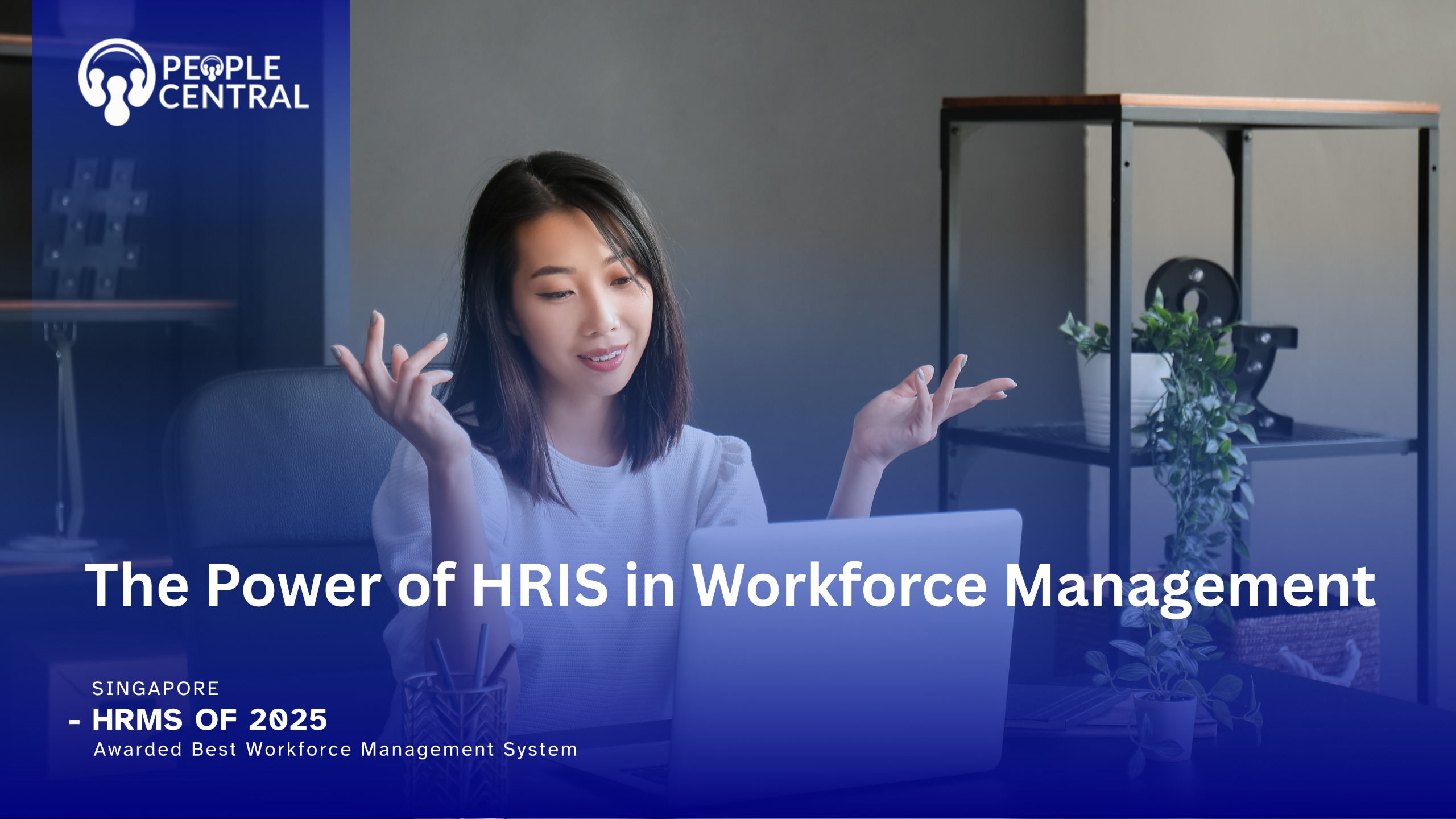
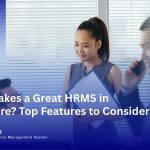
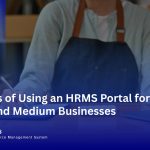

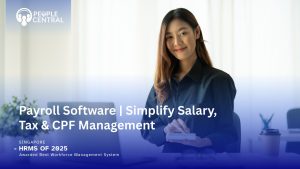
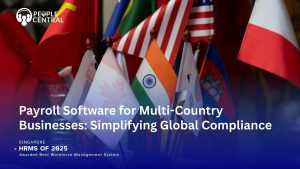

 5
5

















